Asus 2014 Annual Report Download - page 81
Download and view the complete annual report
Please find page 81 of the 2014 Asus annual report below. You can navigate through the pages in the report by either clicking on the pages listed below, or by using the keyword search tool below to find specific information within the annual report.-
 1
1 -
 2
2 -
 3
3 -
 4
4 -
 5
5 -
 6
6 -
 7
7 -
 8
8 -
 9
9 -
 10
10 -
 11
11 -
 12
12 -
 13
13 -
 14
14 -
 15
15 -
 16
16 -
 17
17 -
 18
18 -
 19
19 -
 20
20 -
 21
21 -
 22
22 -
 23
23 -
 24
24 -
 25
25 -
 26
26 -
 27
27 -
 28
28 -
 29
29 -
 30
30 -
 31
31 -
 32
32 -
 33
33 -
 34
34 -
 35
35 -
 36
36 -
 37
37 -
 38
38 -
 39
39 -
 40
40 -
 41
41 -
 42
42 -
 43
43 -
 44
44 -
 45
45 -
 46
46 -
 47
47 -
 48
48 -
 49
49 -
 50
50 -
 51
51 -
 52
52 -
 53
53 -
 54
54 -
 55
55 -
 56
56 -
 57
57 -
 58
58 -
 59
59 -
 60
60 -
 61
61 -
 62
62 -
 63
63 -
 64
64 -
 65
65 -
 66
66 -
 67
67 -
 68
68 -
 69
69 -
 70
70 -
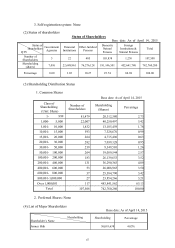 71
71 -
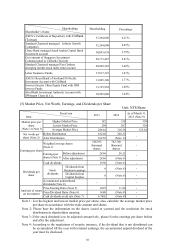 72
72 -
 73
73 -
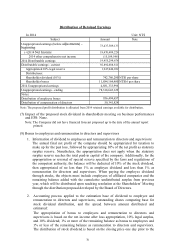 74
74 -
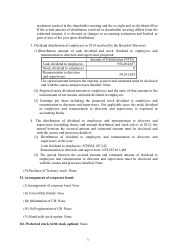 75
75 -
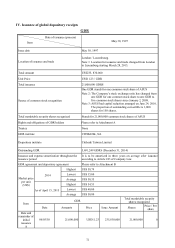 76
76 -
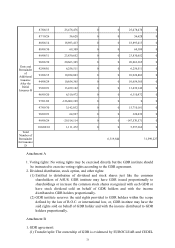 77
77 -
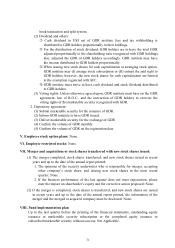 78
78 -
 79
79 -
 80
80 -
 81
81 -
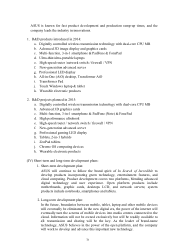 82
82 -
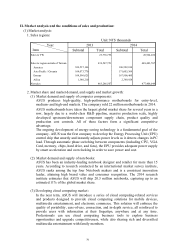 83
83 -
 84
84 -
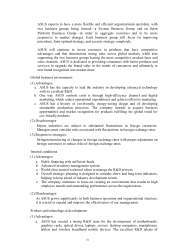 85
85 -
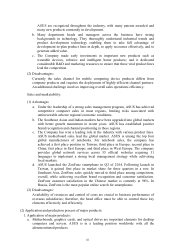 86
86 -
 87
87 -
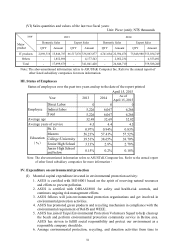 88
88 -
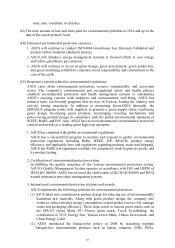 89
89 -
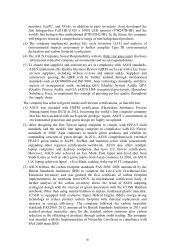 90
90 -
 91
91 -
 92
92 -
 93
93 -
 94
94 -
 95
95 -
 96
96 -
 97
97 -
 98
98 -
 99
99 -
 100
100 -
 101
101 -
 102
102 -
 103
103 -
 104
104 -
 105
105 -
 106
106 -
 107
107 -
 108
108 -
 109
109 -
 110
110 -
 111
111 -
 112
112 -
 113
113 -
 114
114 -
 115
115 -
 116
116 -
 117
117 -
 118
118 -
 119
119 -
 120
120 -
 121
121 -
 122
122 -
 123
123 -
 124
124 -
 125
125 -
 126
126 -
 127
127 -
 128
128 -
 129
129 -
 130
130 -
 131
131 -
 132
132 -
 133
133 -
 134
134 -
 135
135 -
 136
136 -
 137
137 -
 138
138 -
 139
139 -
 140
140 -
 141
141 -
 142
142 -
 143
143 -
 144
144 -
 145
145 -
 146
146 -
 147
147 -
 148
148 -
 149
149 -
 150
150 -
 151
151 -
 152
152 -
 153
153 -
 154
154 -
 155
155 -
 156
156 -
 157
157 -
 158
158 -
 159
159 -
 160
160 -
 161
161 -
 162
162 -
 163
163 -
 164
164 -
 165
165 -
 166
166 -
 167
167 -
 168
168 -
 169
169 -
 170
170 -
 171
171 -
 172
172 -
 173
173 -
 174
174 -
 175
175 -
 176
176 -
 177
177 -
 178
178 -
 179
179 -
 180
180 -
 181
181 -
 182
182 -
 183
183 -
 184
184 -
 185
185 -
 186
186 -
 187
187 -
 188
188 -
 189
189 -
 190
190 -
 191
191 -
 192
192 -
 193
193 -
 194
194 -
 195
195 -
 196
196 -
 197
197 -
 198
198 -
 199
199 -
 200
200 -
 201
201 -
 202
202 -
 203
203 -
 204
204 -
 205
205 -
 206
206 -
 207
207 -
 208
208 -
 209
209 -
 210
210 -
 211
211 -
 212
212 -
 213
213 -
 214
214 -
 215
215 -
 216
216 -
 217
217 -
 218
218 -
 219
219 -
 220
220 -
 221
221 -
 222
222 -
 223
223 -
 224
224 -
 225
225 -
 226
226 -
 227
227 -
 228
228 -
 229
229 -
 230
230 -
 231
231 -
 232
232 -
 233
233 -
 234
234 -
 235
235 -
 236
236 -
 237
237 -
 238
238 -
 239
239 -
 240
240 -
 241
241 -
 242
242 -
 243
243 -
 244
244 -
 245
245 -
 246
246 -
 247
247 -
 248
248 -
 249
249 -
 250
250 -
 251
251 -
 252
252 -
 253
253 -
 254
254 -
 255
255 -
 256
256 -
 257
257 -
 258
258 -
 259
259 -
 260
260 -
 261
261 -
 262
262 -
 263
263 -
 264
264 -
 265
265 -
 266
266 -
 267
267 -
 268
268
 |
 |
77
with in-depth services in order to provide the most comprehensive solutions for
smartphones, laptops, desktops (including all-in-ones), tablets, home servers, storage
equipment, and communication products. The full range of solutions will allow
users to fully enjoy the convenience of ASUS cloud computing on a wide range of
devices.
4. Competition:
Laptop computer shipments are slowing down across markets. Though some
competitors have withdrawn from the market, the laptop market continues to be
highly competitive. Product design remains important, with emphasis on
personalized design to stimulate consumer demand. Manufacturers continue to
emphasize product differentiation and segmentation to target consumers. Likewise,
marketing strategy is an important factor in driving profit.
As part of its competitive strategy, ASUS will continue to integrate new technology
to increase product value. The company will also continue to emphasize its strengths
in design by creating compact, thin, highly portable devices that are energy efficient
and environmentally friendly.
MB, VGA, and CD-ROM are key segments of the computer components industry, as
part of the supply chain that includes CPUs, chips, and PCB connectors. ASUS
maintains close strategic partnerships with external suppliers while also maintaining
subsidiaries to ensure the manufacture of critical components.
The Company cooperates closely with more than 300 dealers and more than 20,000
distributors, worldwide.
ASUS is ranked the number one brand in regions throughout Europe, Asia and in the
Americas.
(III) Research and Development
ASUS has been committed to R&D excellence since the day of its incorporation. The
company relies on a world-class in-house team for innovation, production, and for
marketing of advanced motherboards, graphics cards, laptops, tablets, servers and
smartphones; and to develop 4C (computers, communications, consumer electronics, and
automobile electronics) integrated products. In 2003, ASUS established a specialized
ATEC R&D division dedicated to developing key technologies in broadband wireless
communication, wired / wireless network switches, and optical data storage.
Two groups comprise the R&D component of the company.
The R&D Center focuses on technology research and commercialization of creativity.
The R&D Center is entrusted with the responsibility of conducting preliminary studies
and assessments regarding key software and hardware technology, modules, and applied
program development platforms. This work provides reference for the R&D director, for
determining technology trends and for identifying and selecting partners.
The R&D Division focuses on system integration, product introduction, and
commercialization.
As income is generated from product sales, money is contributed back into the R&D
programs. This cycle helps to continuously build on R&D efforts, and incentive programs
allow teams to continuously recruit the best R&D talent.
ASUS invested NT$7.42 billion in 2014 for R&D; consolidated R&D expense for 2014
was NT$11.37 billion. The R&D budget in 2015 is NT$11~12 billion.
